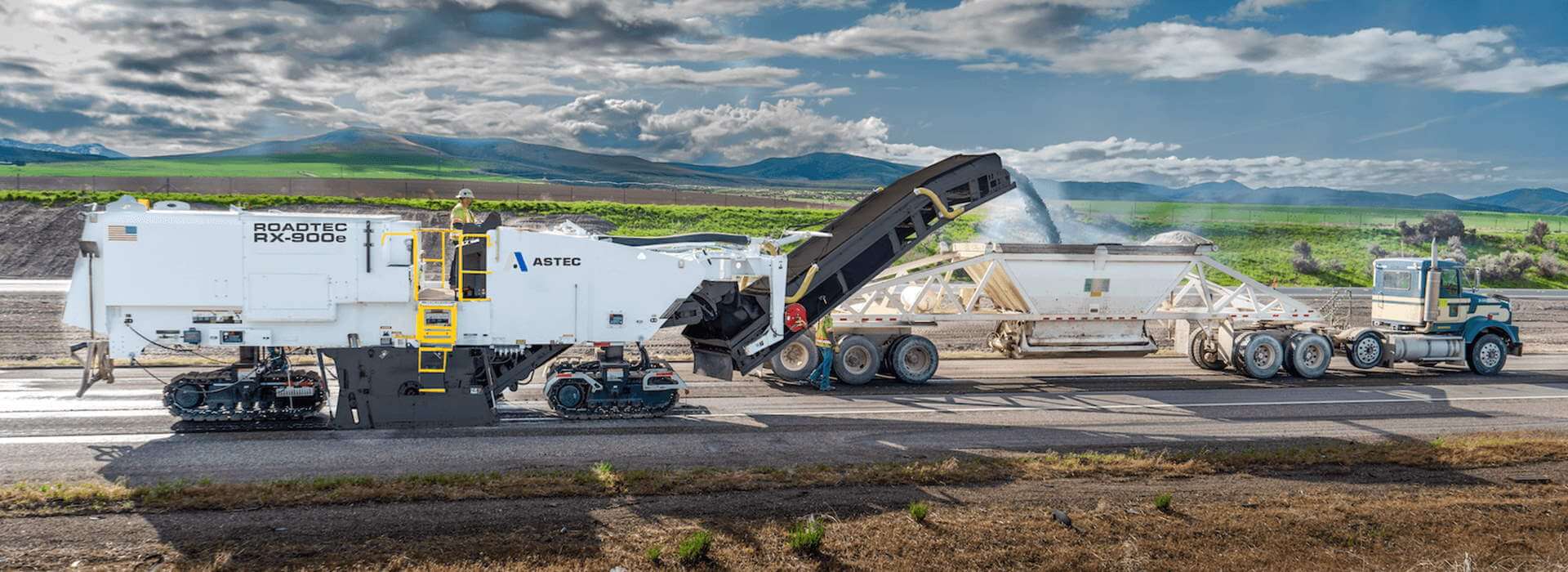Cold-in-Place Recycling
Cold-in-place recycling (CIR) involves removing a portion of existing asphalt pavement with a cold planer (asphalt mill). The milled asphalt is mixed with additives and the surface is repaved using the recycled asphalt mixture.
CIR is accomplished without heating the asphalt mixture, before or after placement. Depending on the structural requirements of the pavement and its intended use, CIR typically receives a wear course such as a chip seal or hot mix asphalt (HMA) overlay to complete the surface.
How does CIR work?
Instead of applying all new HMA, CIR producers remove and treat the existing asphalt with bituminous and/or chemical additives, and then use that remixed asphalt to pave the road.
The milling machine grinds off the top 2 - 5 inches of asphalt and mixes it with an asphalt recycling agent from the tanker. Then the paver lays the mixture back down onto the surface, followed by the rollers for compaction. The process usually occurs at a temperature between 100 °F and 120 °F, which in asphalt paving is considered "cold." CIR is generally more cost-effective, environmentally friendly and lasts longer than traditional paving processes.
What equipment is needed?
CIR normally involves a series of equipment consisting of recycling agent tankers, a milling machine, an asphalt paver and a combination of compaction equipment.


